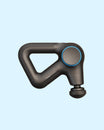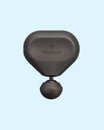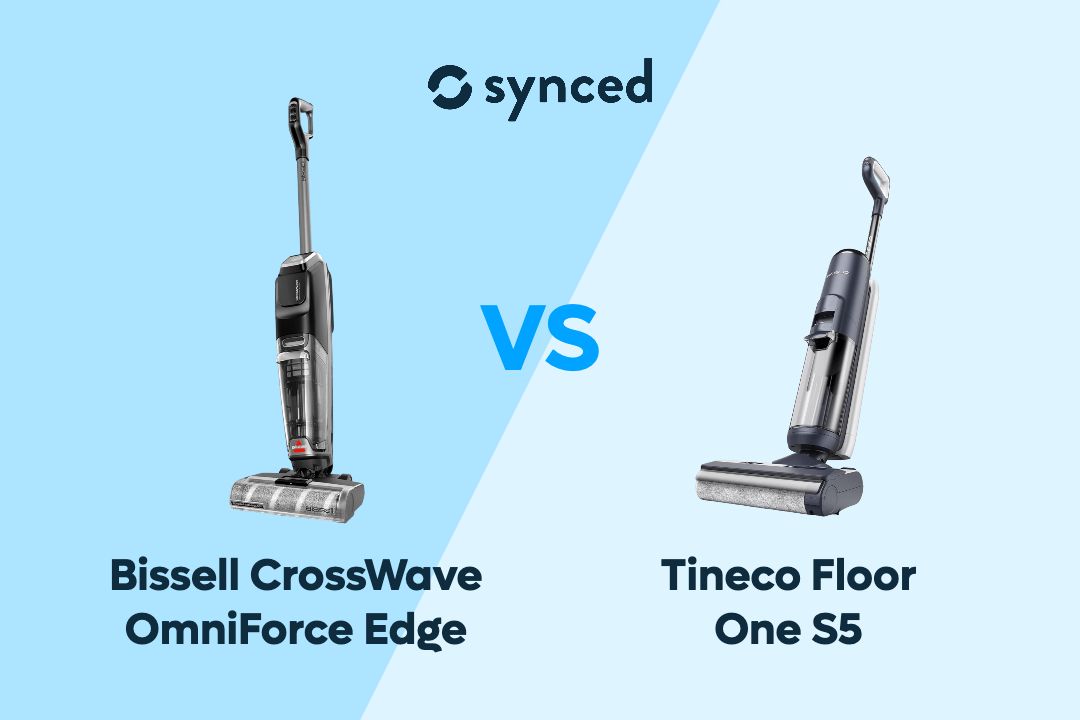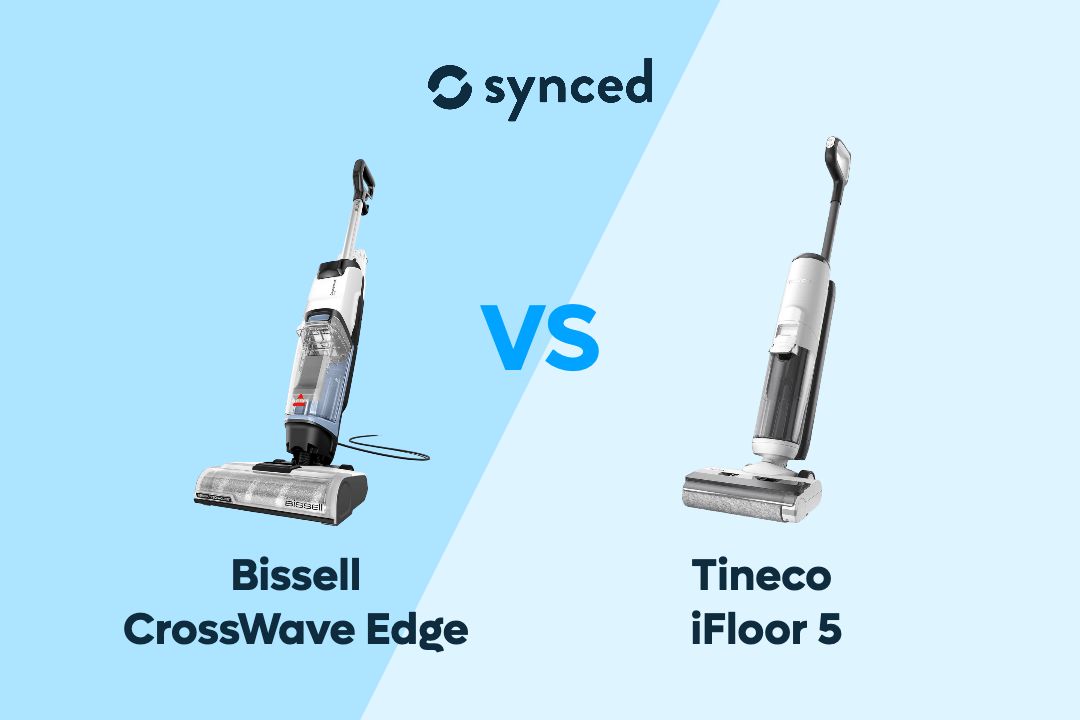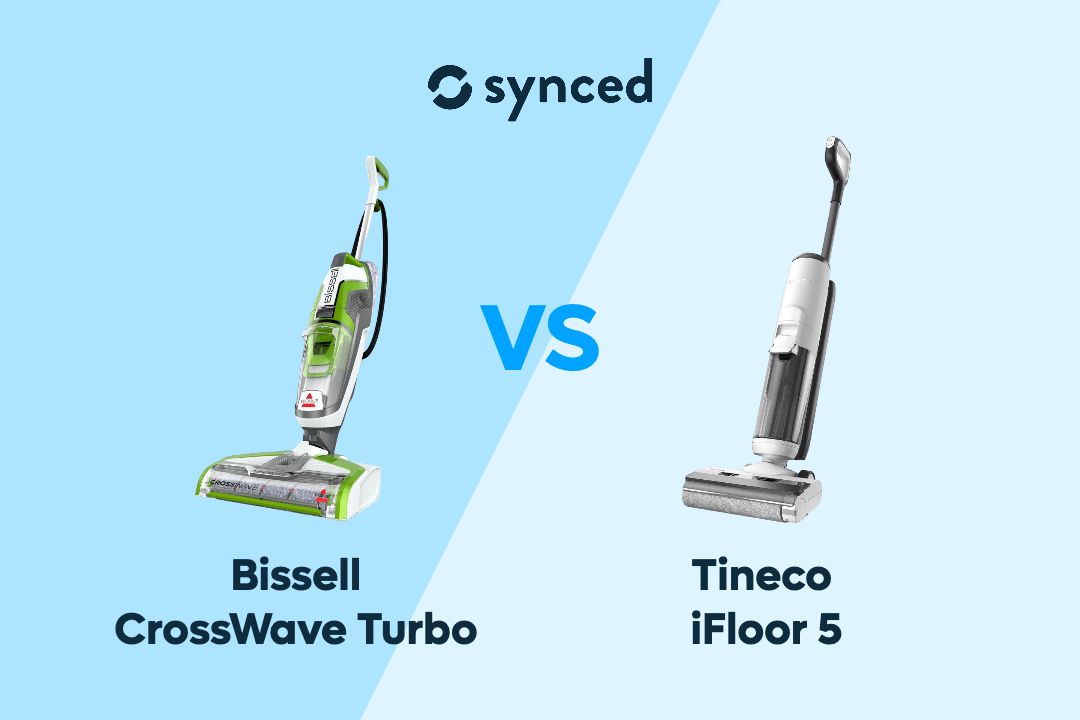Samsung QN800D vs QN900D: The Ultimate 8K Showdown
By Elisabeth Christ
Published May 2024

In the ever-evolving realm of 8K Neo QLED TVs, Samsung throws down the gauntlet with the QN800D and QN900D. Both wield the mighty mini-LED backlight for superior contrast and local dimming, but whispers of a more potent processor in the QN900D ignite the upgrade itch. Are the rumored advancements worth the leap? We delve into the feature sets, performance metrics, and that burning question: does the QN900D truly reign supreme, or can the QN800D hold its own as a value champion?
Key Takeaways
Despite both being 8K Neo QLED TVs, the QN800D and QN900D cater to distinct preferences. Budget-minded viewers might find the QN800D's potential local dimming strength (exact specs to be confirmed) attractive for HDR. Gamers might miss the rumored 144Hz refresh rate option on the QN900D, but the QN800D offers a standard 60Hz. The QN900D's NQ8 AI Gen3 Processor boasts 8x more neural networks than its predecessor, potentially leading to superior upscaling and object detail enhancement. While both TVs support ALLM for reduced input lag, the QN900D might be the future-proofed champion for PC enthusiasts with the rumored 144Hz refresh rate option on select models.


Samsung QN800D
Better Choice for More Affordable 8K TV
✓ NQ8 AI Gen2 processor
✓ Backlight dimming technology for precise details in both white and black
✓ 70W 4.2.2 channel speaker system
✓ OLED anti-glare technology

Samsung QN900D
Better Choice for Latest and Greatest 8K Technology
✓ NQ8 AI Gen3 Processor
✓ 8K AI Upscaling Pro
✓ Infinity Air design
✓ 2,400 nits peak brightness
#1 Price & Design

Samsung QN900D
At the core of both TVs lies the power of Neo QLED technology. This translates to an 8K resolution panel (7680 x 4320 pixels) for incredibly sharp and detailed visuals. The key differentiator lies in the backlighting. Both utilize mini-LED backlighting, a significant improvement over traditional LED backlighting. Mini-LEDs, due to their smaller size, allow for more precise local dimming control. This translates to deeper blacks, improved contrast, and a more immersive viewing experience, especially in dark scenes.
However, the QN900D takes things a step further with its upgraded processor, the NQ8 AI Gen3 Processor. Compared to the NQ8 AI Gen2 Processor found in the QN800D, it boasts 8x more neural networks. This translates to potentially superior AI-powered upscaling. In simpler terms, the QN900D should be better at taking lower-resolution content and intelligently enhancing it to appear closer to native 8K quality. Additionally, the QN900D might offer more advanced object detail enhancement, making on-screen elements like faces and textures appear more lifelike.
#2 Features & Performance

Samsung QN800D
Under the hood, the QN800C and QN800D pack some serious processing power. Both TVs are equipped with Samsung's proprietary Quantum Processor 8K, which utilizes AI-powered upscaling to deliver stunning 8K resolution (7680 x 4320) at 60Hz. The QN800D, however, takes things a step further with a newer version of the processor that offers improved image processing and enhanced 8K/60Hz performance.
In terms of panel technology, the QN800D features Samsung's latest Neo QLED display, which combines the benefits of QLED and mini-LED backlighting. This results in improved contrast, deeper blacks, and a higher peak brightness compared to the QN800C's standard QLED panel.
#3 Sound Quality

Samsung QN900D
The QN800D or the QN900D might be known for their not-ordinary sound quality. However, while both TVs boast built-in speaker systems, the focus is clearly on picture quality. The slim design often comes at the expense of large, powerful speakers. The typical setup utilizes down-firing speakers that can leave audio feeling somewhat thin and lacking in bass. But don’t let that discourage you as both TVs offer features to enhance the audio experience. They support Dolby Atmos and DTS:X object-based surround sound formats. These formats add a layer of height information to traditional surround sound, creating a more immersive listening experience. However, to truly take advantage of these formats, you'll need a compatible soundbar or home theater system.
Both TVs also offer features like object tracking sound. This technology attempts to match the on-screen movement with the corresponding audio cues. For example, if a car is moving from left to right on the screen, the sound will also pan from left to right. While not a substitute for a dedicated surround sound system, object tracking sound can add a touch of immersion to your viewing experience.
#4 Connectivity & Compatibility

Samsung QN800D
The QN800D and QN900D boast a comprehensive suite of connectivity options, ensuring compatibility with most modern devices. They come equipped with multiple HDMI 2.1 ports, the latest HDMI standard. This is crucial for gamers seeking features like high frame rates (HFR) and variable refresh rate (VRR). VRR helps eliminate screen tearing and stuttering, common issues in fast-paced games. Both TVs also support ALLM (Auto Low Latency Mode) which reduces input lag for a more responsive gaming experience.
Beyond gaming, the HDMI 2.1 ports support eARC (enhanced Audio Return Channel). This allows for high-quality audio formats like Dolby Atmos to be sent back to a compatible soundbar or receiver through a single HDMI cable. For content streaming, both TVs offer built-in Wi-Fi 6 and Bluetooth connectivity. Wi-Fi 6E ensures smooth and reliable streaming, while Bluetooth allows for easy connection of wireless headphones or speakers.
#5 Potential Downsides

Samsung QN900D
As with any new technology, there are potential downsides to consider. A major hurdle for 8K TVs remains the limited availability of native 8K content. While both TVs boast impressive upscaling capabilities, the QN800D might be slightly outmatched by the QN900D's more advanced processor. This could result in a less than perfect viewing experience for some users, especially those with discerning eyes.
Another potential drawback is the price point. While the QN800D positions itself as a more affordable option within the 8K Neo QLED market, it still carries a premium price tag compared to traditional 4K TVs. If you're not particularly invested in having the absolute cutting-edge technology and are content with a fantastic 4K viewing experience, a high-end 4K TV might offer better value for your money.
Samsung QN800C vs QN800D
Final Thoughts

Samsung QN800C vs QN800D
So, which Samsung 8K Neo QLED TV reigns supreme: the QN800D or the QN900D? The answer, like most tech showdowns, depends on your priorities and budget. The QN800D tempts budget-conscious viewers with its impressive 8K resolution, mini-LED backlight, and sleek design. Gamers might find its potential edge in local dimming (reviews will confirm the details) appealing for HDR. But if you crave the absolute best picture quality, the QN900D might be worth the splurge. Its upgraded processor promises superior upscaling and object detail enhancement, potentially bringing you closer to true 8K glory. Gamers can also get excited about the rumored 144Hz refresh rate option on select QN900D models, a dream come true for PC enthusiasts.
Ultimately, the choice boils down to this: are you a value seeker who prioritizes deep blacks and a great picture for everyday viewing, or are you a tech enthusiast who craves the absolute cutting edge in picture quality and gaming performance? If you can't decide between the two, consider this: don't forget to factor in the cost of a soundbar, as neither TV will blow you away with its built-in audio.
If you like to read more about Smart TVs, check out our other relevant guides here:
Best Smart TVs 2024
Samsung QN90D vs QN90C
Samsung QN90D vs QN90C
Samsung S90D vs LG G4
LG C4 vs Samsung S90C
Don't miss out on tech
Subscribe to our newsletter to stay up to date on the latest tech trends and guides on the best gadgets around.


